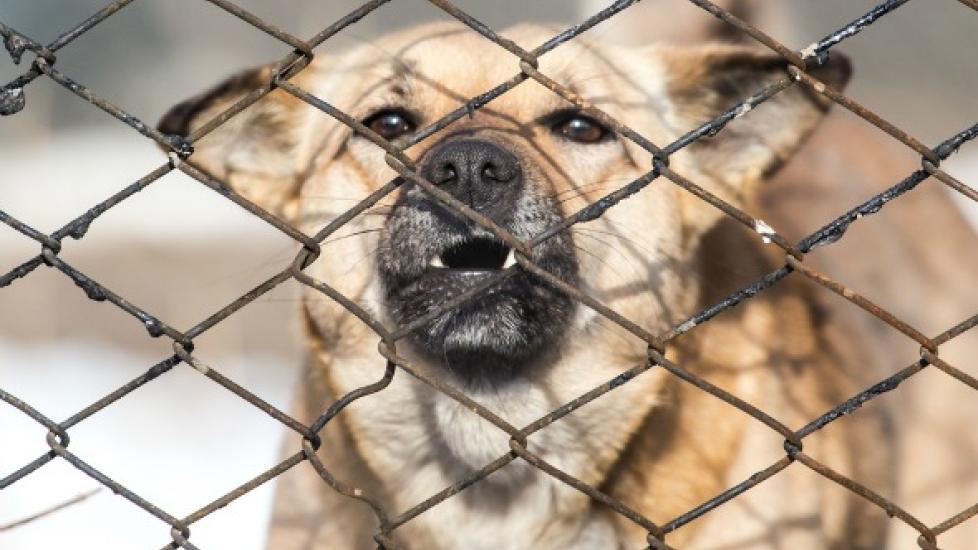Possessive and Territorial Aggression in Dogs
Some dogs are dangerous to other dogs, and even to humans, while they are eating. In fact, dogs can be aggressive in guarding everything they consider their possessions, such as food, bowls, items they steal or find, and toys. They are also very territorial and will defend any area they consider to be under their domain (e.g., the home).
Is this aggression dangerous? Absolutely. However, this is normal behavior. Dogs are bred to protect, and at times it may be an issue of training and learned behavior. A secure fence is one solution but be aware that no fence is absolutely secure. In some dogs the behavior can be modified, but first you need to understand what the underlying cause is.
Symptoms
- Growling
- Lifting the upper lip
- Aggressive Barking
- Snapping
- Lunging
- Biting
- Extreme reaction when someone approaches the dog’s space (e.g., backyard)
- Doorbell may bring on a frenzy of aggression
Causes
There are times the dog develops the habit of defending food, objects, and territory by being aggressive because it has had successful results in the past. Other common causes include:
- Underlying medical conditions
- Poor socializing as a puppy
- Sexual maturation
- Inbreeding
- Environment
- Pack order behavior
- Genetic (or normal to the particular dog or breed)
Diagnosis
Your veterinarian will first rule out any underlying diseases. If nothing is found to explain the behavior, they may refer you to an animal behaviorist who specializes in training dogs.
Treatment
You are probably not going to “cure” this aggressive dog, however, controlling the behavior is the goal. If the number of aggressive incidents can be decreased, you should feel that you have succeeded. A dog-training specialist can help you develop safety and management tools.
Safety should be the primary concern. Avoid situations that may bring on an aggressive reaction. If your behaviorist recommends punishment/dominance-based training techniques, you may want to seek alternative help, as it may escalate aggression. There are better ways to deal with the problem.
Feed the dog in a confined space and do not give it items that might incite aggressive behavior. Confine it to areas where people can neither be heard nor seen. Finally, teach your dog to wear a head halter and basket muzzle.
In extreme cases, it may be necessary to put the dog down (euthanize), as it is sometimes the only way to assuredly prevent your dog from injuring others -- especially those that have already been involved in an incident or incidents.
Living and Management
Behavior modification requires patience and consistency. It also takes time before the results are visible. In the presence of aggression-provoking stimuli, try desensitizing and counter-conditioning techniques. Use basket muzzles for safety when working with the dog.
Teach it first to sit and relax on a verbal command. Do this in a neutral location and use food rewards in tiny pieces to avoid food aggression during these exercises; reward non-aggressive behavior also. Gradually increase the level of stimulation, being careful to stay below the threshold that will result in aggression. Remember, patience will be important, as progress is slow coming. Just when you think you’ve made a difference, there could be signs of a setback. It’s important to remain firm with the training exercises.
While there are medications on the market for this behavioral disorder, they are not recommended. If your veterinarian does prescribe medication, it should only be utilized in association with behavior modification. It should never be utilized alone, as it will not solve the problem.
See Also
Help us make PetMD better
Was this article helpful?
